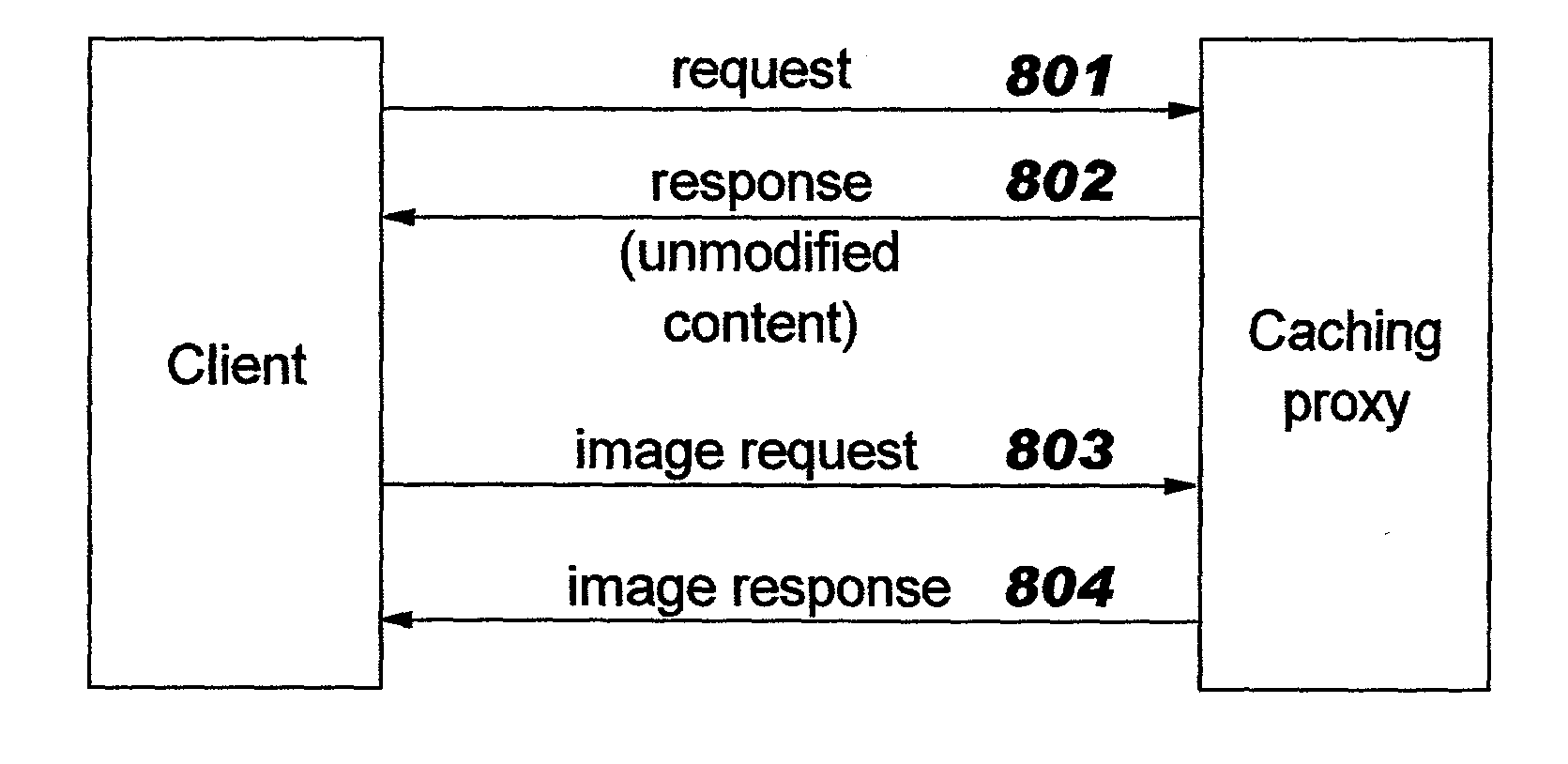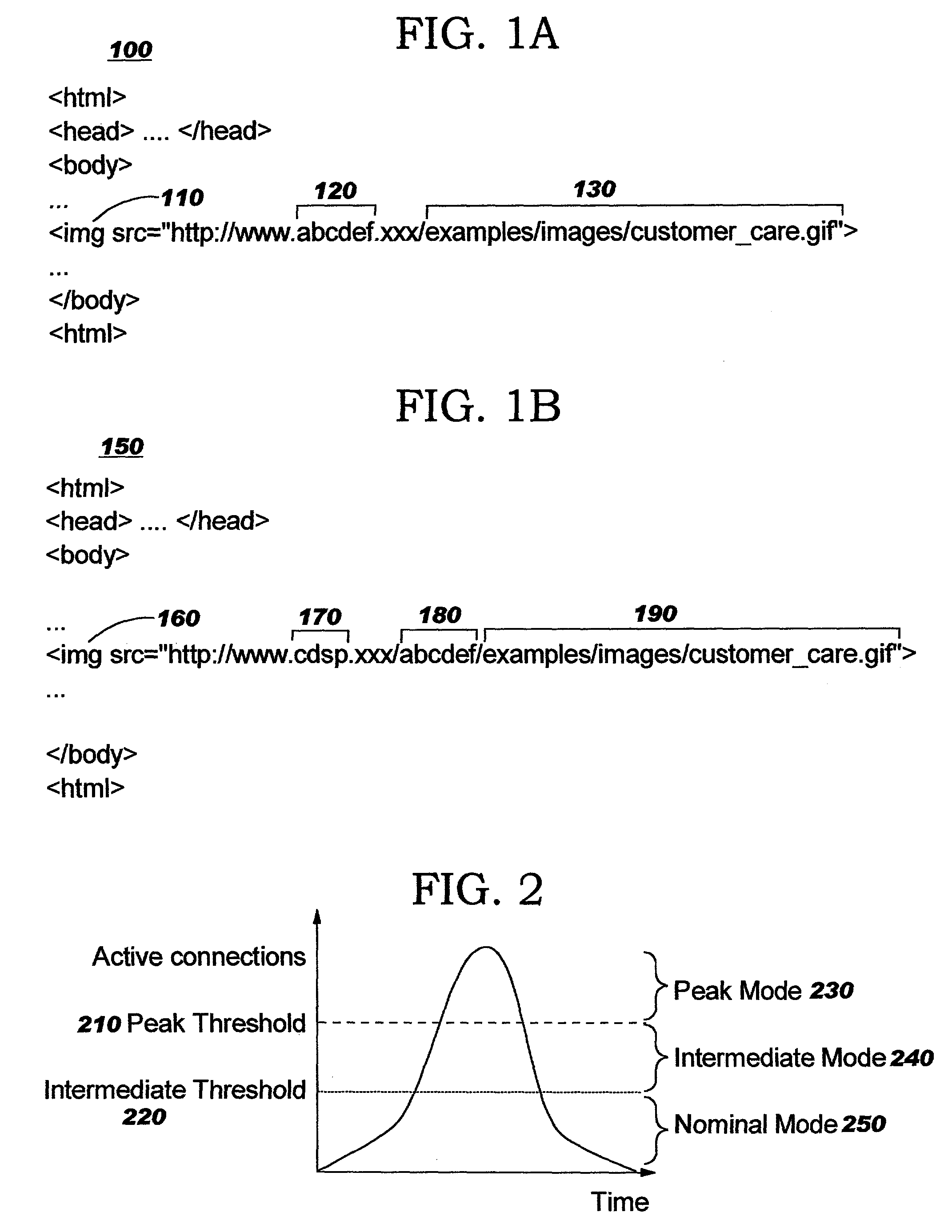Capacity-on-demand in distributed computing environments
a computing environment and capacity-on-demand technology, applied in the field of computer systems, can solve the problems of wasting investment, difficult to determine the optimal deployment of resources, and unable to achieve the effect of maximizing the use of resources,
- Summary
- Abstract
- Description
- Claims
- Application Information
AI Technical Summary
Benefits of technology
Problems solved by technology
Method used
Image
Examples
Embodiment Construction
[0047] The techniques disclosed by the present invention provide a new way of conducting eBusiness, and enable enterprises to focus their eBusiness resource deployment on meeting base-level demand. When demand exceeds the capacity of the enterprise's deployed resources, outside resources will automatically be utilized to handle some of the demand. The outside resources may be provided, for example, as Edge Services or by Content Distribution Service Providers ("CDSPs"). The techniques of the present invention are directed toward ensuring that an enterprise's deployed resources are not under-utilized, while still being able to satisfy higher resource demands (such as temporary bursty traffic). When a predetermined demand level is reached, the disclosed techniques cause the system to respond by directing resource requests to a third party (which may, for example, charge a per-usage fee). The disclosed techniques thereby provide an enterprise with "capacity-on-demand".
[0048] As will be...
PUM
 Login to View More
Login to View More Abstract
Description
Claims
Application Information
 Login to View More
Login to View More - R&D
- Intellectual Property
- Life Sciences
- Materials
- Tech Scout
- Unparalleled Data Quality
- Higher Quality Content
- 60% Fewer Hallucinations
Browse by: Latest US Patents, China's latest patents, Technical Efficacy Thesaurus, Application Domain, Technology Topic, Popular Technical Reports.
© 2025 PatSnap. All rights reserved.Legal|Privacy policy|Modern Slavery Act Transparency Statement|Sitemap|About US| Contact US: help@patsnap.com



